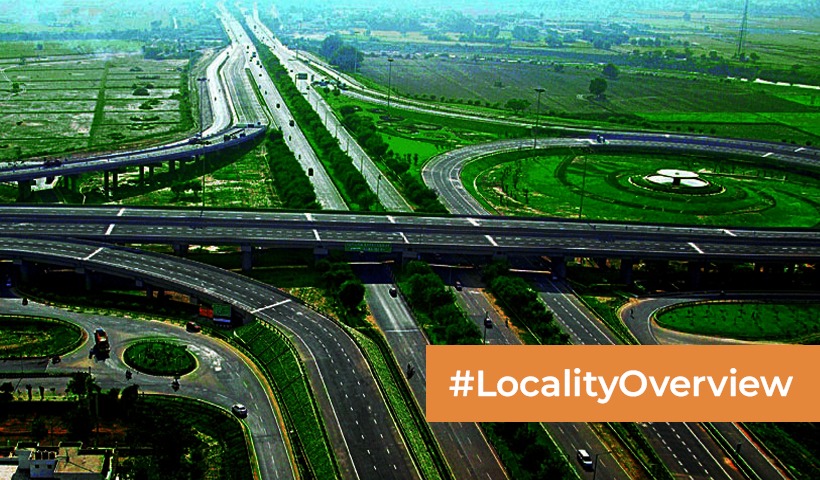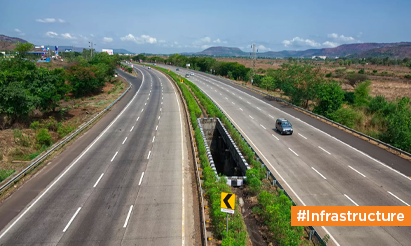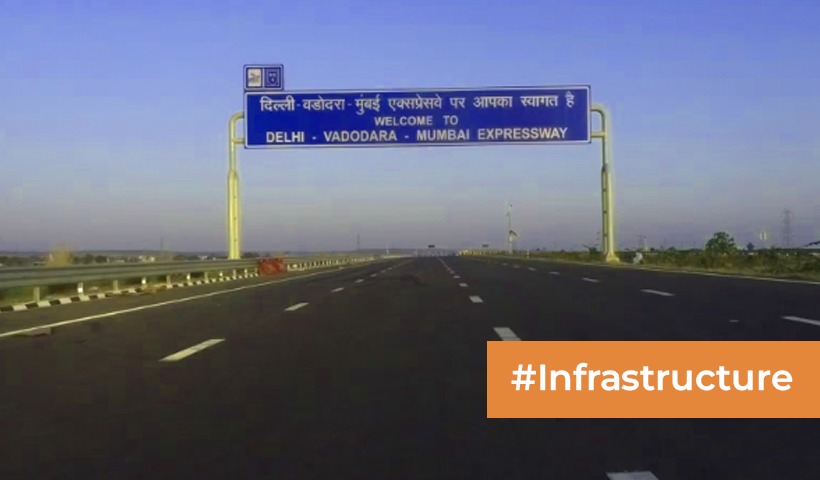Delhi-Mumbai Expressway to significantly boost real estate demand
The long-desired Delhi Mumbai Expressway now has more than 70% of the painting completed. According to the most recent briefings from the Indian Road & Transport Ministry, the Rs 98,000 crore major project is expected to start operating in 2023.
The access-managed project, which would connect Delhi with the Jawaharlal Nehru Port in Navi Mumbai, may span 1350 kilometers and cover 1500 hectares. Once completed, the project will reroute 50% of the travelers that travel south from Delhi. One of the most significant road projects in the world, the limited-access motorway might require 10 million tonnes of steel and 80 million tonnes of cement.
It is advanced with the assistance of a Special Purpose Vehicle below the NHAI flagship (SPV). The government of India is offering institutional assistance to prevent any negative environmental effects, promote clean energy, and counteract any real climatic tiredness. “Near 1 million trees” will be planted as part of the project besides the motorway. The limited-access highway’s lighting may be powered in part by solar energy. There could be plans for separate wildlife crossroads. Additionally, it will significantly reduce the carbon footprint.
The government’s stated vision to establish a more accessible, sustainable, and infrastructure-sponsored improvement is impossible without the Delhi-Mumbai Expressway. It will establish reliable institutional connections between the development of the real estate, infrastructure, agriculture, and commercial output. It will exert systematic financial pressure on the nearby townships, logistic parks, and business parks & clusters. The expanding textile, garment, chemical, and agro-industries in the area may receive extra attention. This might be strengthened by expanding massive logistical projects to boost exports and alternatives.
The Western Dedicated Freight Corridor and the Delhi-Mumbai Industrial Corridor are only two examples of the vital infrastructure projects from which the Expressway would even receive its power. Together, these three massive measures will greatly strengthen the supply chain and provide the Indian economy with an unprecedented amount of resilience.
Unknown to the general public, WDFC is a sizable railway network with freight services that extends from Dadri in Uttar Pradesh to JNPT port in Mumbai. The project will allow for freight shipping at speeds of up to 100 km/h. DMIC is one of the most crucial business corridors since it connects India’s national capital to its economic hub.
The Delhi-Mumbai Expressway would give a solid foundation for expanding housing initiatives, townships, warehouses, commercial buildings, etc., which will result in a noticeable expansion in Indian real estate. It will establish the appropriate connection between key participants, including developers, regulatory bodies, and financial institutions.
A few of the future city corridors that the large limited-access highway runs through are Jaipur, Kota, Ratlam, and Vadodara. Additionally, Ahmedabad, Bhopal, Indore, and other current towns may be within driving distance of it.
Already, demand for goods has started to increase on the limited-access highway’s entrance point, which also includes Sohna and Faridabad in Haryana. Systematic financing infusion into new city corridors, townships, SCOs, etc. will sharply accelerate as the project nears completion. Meanwhile, as commercial hubs and manufacturing clusters develop, it will undoubtedly increase the demand for real estate in the surrounding areas.
Disclaimer: The views expressed above are for informational purposes only based on industry reports and related news stories. PropertyPistol does not guarantee the accuracy, completeness, or reliability of the information and shall not be held responsible for any action taken based on the published information.




